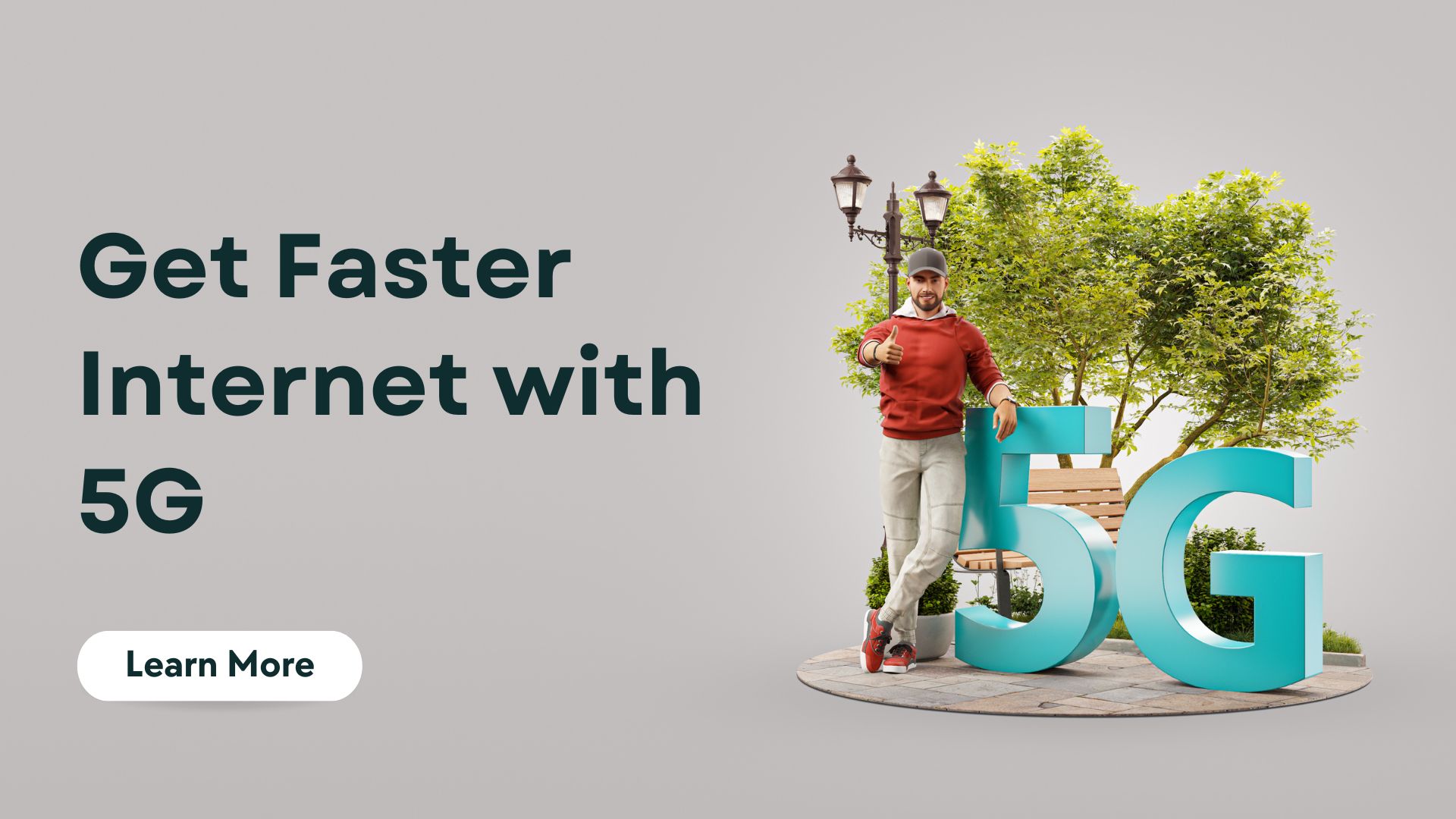5G wireless technology has arrived, delivering blistering multi-gigabit speeds, ultra-low latency, and massive capacity improvements over 4G networks. Early rollouts now expand globally, promising a new era of connectivity set to transform numerous industries. Autonomous vehicles, telemedicine, next-gen entertainment, and the Internet of Things (IoT) are just some of the paradigm-shifting use cases 5G enables. An intensely connected, smart world is dawning.
What Sets 5G Apart?
On paper, 5G’s potential seems almost unbelievable compared to predecessor cellular generations. Engineers designed the standard’s radio capabilities for versatility across three key areas:
Enhanced mobile broadband – Peak speeds approaching 20 Gbps facilitate advanced media consumption, cloud gaming, and enterprise collaboration.
Ultra-reliable, low-latency communications – Latency reduced to 1 millisecond supercharges mission-critical services like autonomous transport, remote surgery, or industrial automation demanding split-second responsiveness.
Massive machine-type communications – Concurrently connecting over 1 million devices per square kilometer sets the stage for expansive sensor networks and IoT infrastructure.
By optimizing different network slices for each focus, 5G networks inherently support more use cases than legacy infrastructure. Additional network virtualization and edge computing integration grant flexible deployment.
Early Rollout Results
While standards continue maturing, initial 5G rollout results impress. Verizon and AT&T report average download speeds exceeding 300 Mbps for consumers in available regions while South Korea and China showcase capacity for 1 Gbps peaks. As availability expands throughout 2023, these speeds will only climb.
Network slicing demonstrations also exhibit the versatility 5G promises industry. Deutsche Telekom recently operated an experimental campus network with slices tailored for traffic control cameras, automated guided vehicles, augmented reality training, and more. Such multi-tenant versatility will reduce barriers across digital transformation.
The Road to Mainstream 5G Adoption

Like past cellular generations, expert projections expect 5G to serve 100 million subscriptions within two years of initial launches, reaching 1 billion by 2024.
Key hurdles stand between present early adoption and this mass market proliferation though. The widest availability currently concentrates in dense urban areas. Constructing more cluttered arrays of compact 5G cells versus 4G’s towering macro-towers will drive expanded coverage.
Most consumers also lack motivation upgrading given high 5G smartphone costs and minimal app support maximizing refreshed speeds. But backward compatibility will mitigate this during the transition years as carriers sunset 3G and 4G networks.
The incoming wave of sub-$500 5G handsets running on mature networks by 2025 should overcome such hurdles for adoption akin to 4G. And even ahead of mainstream consumer uptake, numerous industries race building 5G into tomorrow’s infrastructure for allied technologies dependent on its capabilities.
The Catalyst Role of 5G
Beyond improving mobile broadband, 5G’s largest impacts will emerge by enabling foundational disruption across sectors:
Autonomous mobility – Self-driving vehicles remain untenable at scale without 5G delivering split-second situational awareness. The automated trucks, taxis, and cargo will define smart cities rely on it.
Immersive mixed reality – Augmented and virtual reality applications demand 5G’s high-bandwidth, low-latency connections for responsive experiences indistinguishable from reality.
Medical revolution – Remote patient monitoring, connected health wearables, and doctor-guided procedures from afar are just some healthcare transformations 5G accelerates.
Industry 4.0 manufacturing – Automating factories with real-time feedback between sensors, robotics, and management systems depends on the reliable wireless connectivity 5G provides.
Overhauling infrastructure – Smart grids balancing renewable energy, intelligent traffic coordination eliminating congestion, and predictive maintenance on critical equipment grow feasible with the 5G-powered IoT.
The Next Chapter of Human Connectivity
5G constitutes the essential fabric enabling digitally rich lifestyles. Its speeds unlock streaming and cloud services resembling science fiction for earlier network generations. And the connected ecosystem 5G knits together transports society into the future more profoundly than any lone gadget could.
Yet beyond flashier entertainment and productivity use cases, 5G’s role as catalyst for smarter cities, infrastructure, and industry previews survival necessities for an addled climate and growing populations. The intelligent connectivity 5G provides helps scale sustainable technology keeping society’s needs in balance. And that connected tissue supporting livable societies will only grow more crucial as humanity’s collective tale marches on.
